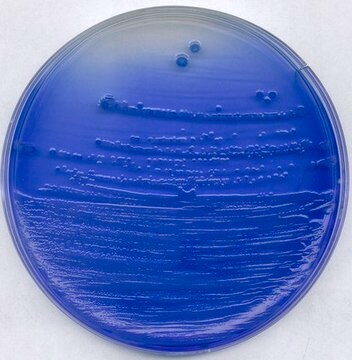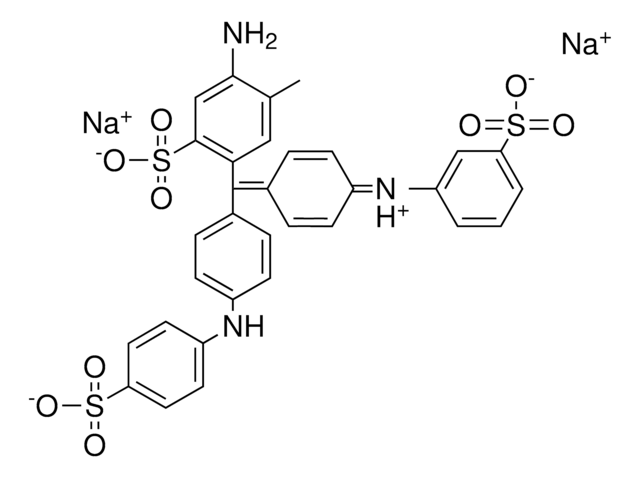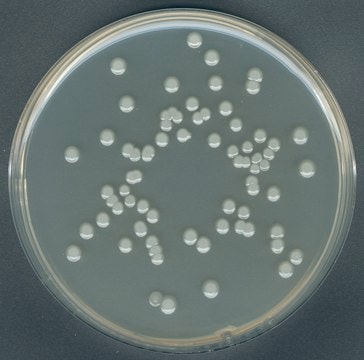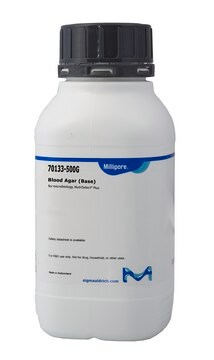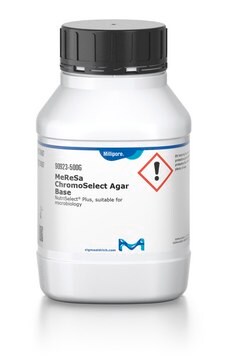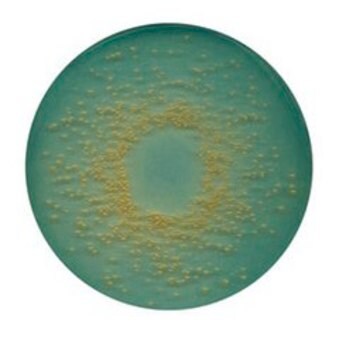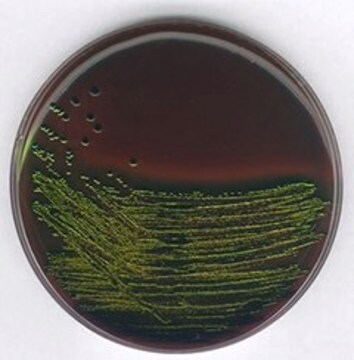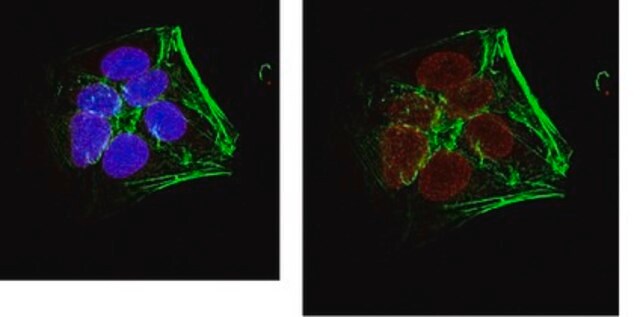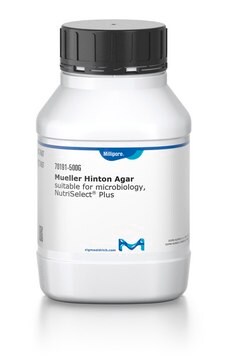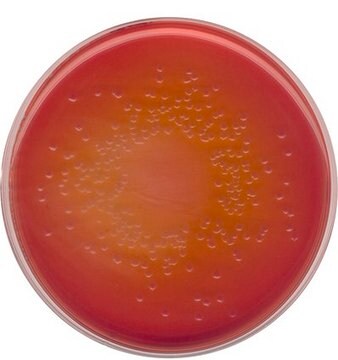Kluczowe dokumenty
22520
China Blue Lactose Agar
suitable for microbiology, NutriSelect® Basic
About This Item
Polecane produkty
sterylność
non-sterile
Poziom jakości
linia produktu
BioChemika
Formularz
powder
okres trwałości
limited shelf life, expiry date on the label
skład
agar, 12 g/L
casein peptone, 5 g/L
china blue, 0.375 g/L
lactose, 10 g/L
meat extract, 3 g/L
sodium chloride, 5 g/L
producent / nazwa handlowa
NutriSelect® Basic
metody
microbe id | utilization test: suitable
microbiological culture: suitable
pH końcowe
7.0±0.2 (25 °C)
Zastosowanie
bioburden testing
environmental
food and beverages
water monitoring
microbiology
przydatność
nonselective and differential for Escherichia coli
nonselective and differential for Proteus spp.
nonselective and differential for Salmonella spp.
nonselective and differential for Staphylococcus spp.
nonselective and differential for coliforms
nonselective and differential for enterobacteriaceae
Opis ogólny
Uwaga dotycząca przygotowania
Inne uwagi
Przypis
The designations basic, plus, or prime are added to indicate the quality control level, from basic quality control to standard QC plus to prime for full regulatory compliance.
Informacje prawne
Nie możesz znaleźć właściwego produktu?
Wypróbuj nasz Narzędzie selektora produktów.
Kod klasy składowania
11 - Combustible Solids
Klasa zagrożenia wodnego (WGK)
WGK 3
Temperatura zapłonu (°F)
Not applicable
Temperatura zapłonu (°C)
Not applicable
Środki ochrony indywidualnej
Eyeshields, Gloves, type N95 (US)
Wybierz jedną z najnowszych wersji:
Certyfikaty analizy (CoA)
Nie widzisz odpowiedniej wersji?
Jeśli potrzebujesz konkretnej wersji, możesz wyszukać konkretny certyfikat według numeru partii lub serii.
Masz już ten produkt?
Dokumenty związane z niedawno zakupionymi produktami zostały zamieszczone w Bibliotece dokumentów.
Produkty
Mikrobiologiczna ocena bakterii występujących w przyprawach, będących potencjalnym źródłem patogenów i powodujących psucie się żywności.
Chromogenic media enable the selective detection of S. aureus, which produce bluish-green colonies that are clearly differentiated from other species.
Podłoża chromogenne umożliwiają selektywne wykrywanie S. aureus, które wytwarzają niebiesko-zielone kolonie, wyraźnie odróżniające się od innych gatunków.
Salmonella contamination is the second leading cause of food-borne illness worldwide. Controlling outbreaks of Salmonella is an important task for food regulators, restaurants and the food industry in general. The Salmonella family includes over 2,300 serotypes of bacteria, but two types, Salmonella enteritidis and Salmonella typhimurium, are responsible for about half of all human infections. Most outbreaks of Salmonella are traced back to dairy, poultry and meat products, but Salmonella can grow on nearly any food. Chicken, eggs and their derivative products are particularly high risk.
Nasz zespół naukowców ma doświadczenie we wszystkich obszarach badań, w tym w naukach przyrodniczych, materiałoznawstwie, syntezie chemicznej, chromatografii, analityce i wielu innych dziedzinach.
Skontaktuj się z zespołem ds. pomocy technicznej